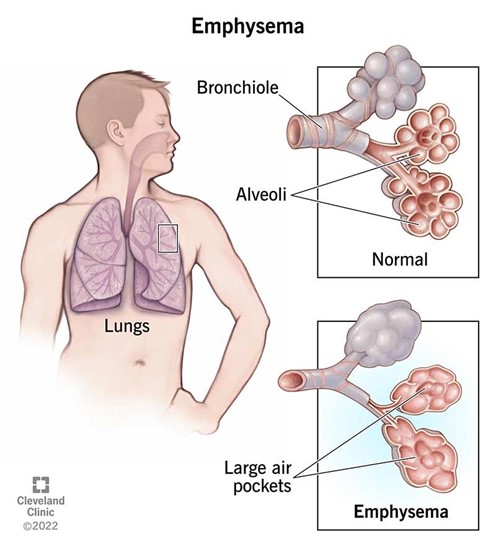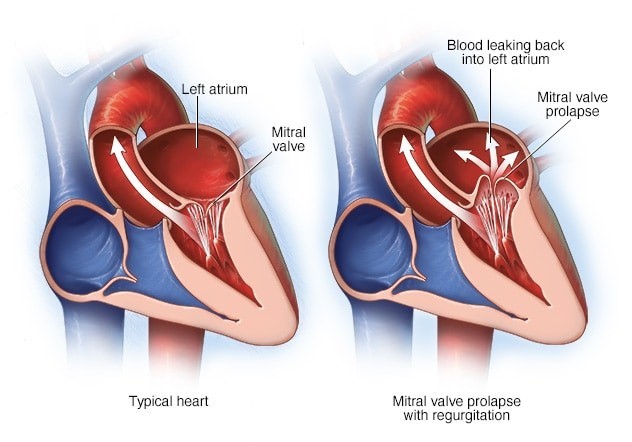A 28-year-old male reports to his primary care provider that he has had a cold for a week and is coughing up bloody secretions. When giving a report, what term should the nurse use to describe this condition?
Hematemesis
Cyanosis
Rhinitis
Hemoptysis
The Correct Answer is D
Hemoptysis is the coughing up of blood or bloody secretions from the respiratory tract. It is a sign of a serious condition and should be reported immediately to a healthcare provider. In this case, the patient's cold and cough may have led to irritation and inflammation of the respiratory tract, resulting in hemoptysis.
- Hematemesis: This is the vomiting of blood from the upper gastrointestinal tract, which usually appears bright red or dark brown in color.
- Cyanosis: This is a bluish discoloration of the skin and mucous membranes caused by the presence of deoxygenated hemoglobin in the blood.
- Rhinitis: This is the inflammation of the nasal mucosa, often causing a runny nose, nasal congestion, and sneezing.
Nursing Test Bank
Naxlex Comprehensive Predictor Exams
Related Questions
Correct Answer is {"dropdown-group-1":"B"}
Explanation
Emphysema is a lung disease that involves damage to the alveoli (tiny air sacs in the lungs), causing them to become stretched out and lose their elasticity. This leads to an abnormally enlarged gas exchange system and the destruction of alveolar walls

Transudative effusion: An effusion is an abnormal buildup of fluid in a body cavity, such as the pleural cavity around the lungs. Transudative effusions occur when fluid leaks out of blood vessels due to changes in pressure or protein levels, rather than from inflammation or injury.
Exudate effusion: This type of effusion occurs when fluid leaks out of blood vessels due to inflammation or injury. The fluid contains high levels of protein and cellular debris, and may be caused by conditions such as pneumonia, cancer, or autoimmune disorders.
D. Abscess: An abscess is a localized collection of pus, usually caused by a bacterial infection. It can occur in various parts of the body, including the lungs.
An abscess in the lung can cause symptoms such as coughing, chest pain, and fever.
.
Correct Answer is C
Explanation
Mitral stenosis refers to a narrowing of the mitral valve, which is located between the left atrium and the left ventricle. This narrowing can cause incomplete emptying of blood from the left atrium into the left ventricle during diastole (relaxation phase) of the cardiac cycle. This can lead to increased pressure in the left atrium and pulmonary circulation, causing symptoms such as shortness of breath, fatigue, and pulmonary con

Whether you are a student looking to ace your exams or a practicing nurse seeking to enhance your expertise , our nursing education contents will empower you with the confidence and competence to make a difference in the lives of patients and become a respected leader in the healthcare field.
Visit Naxlex, invest in your future and unlock endless possibilities with our unparalleled nursing education contents today
Report Wrong Answer on the Current Question
Do you disagree with the answer? If yes, what is your expected answer? Explain.
Kindly be descriptive with the issue you are facing.
